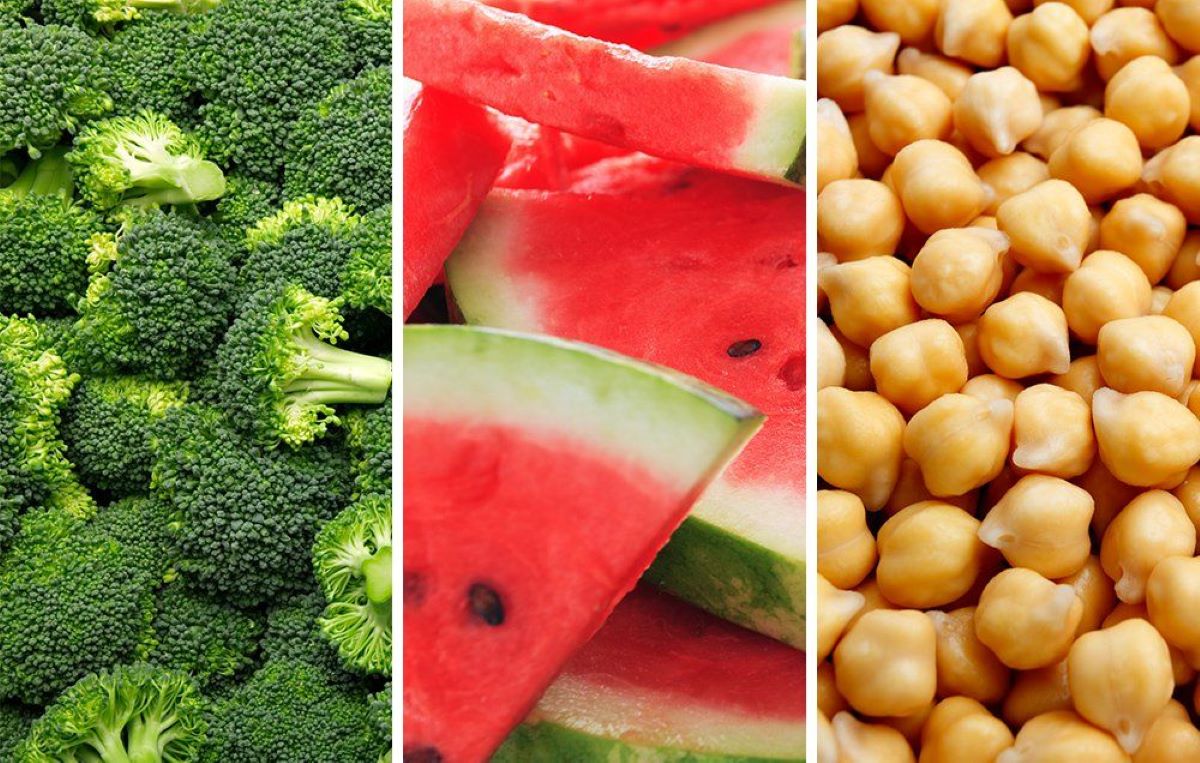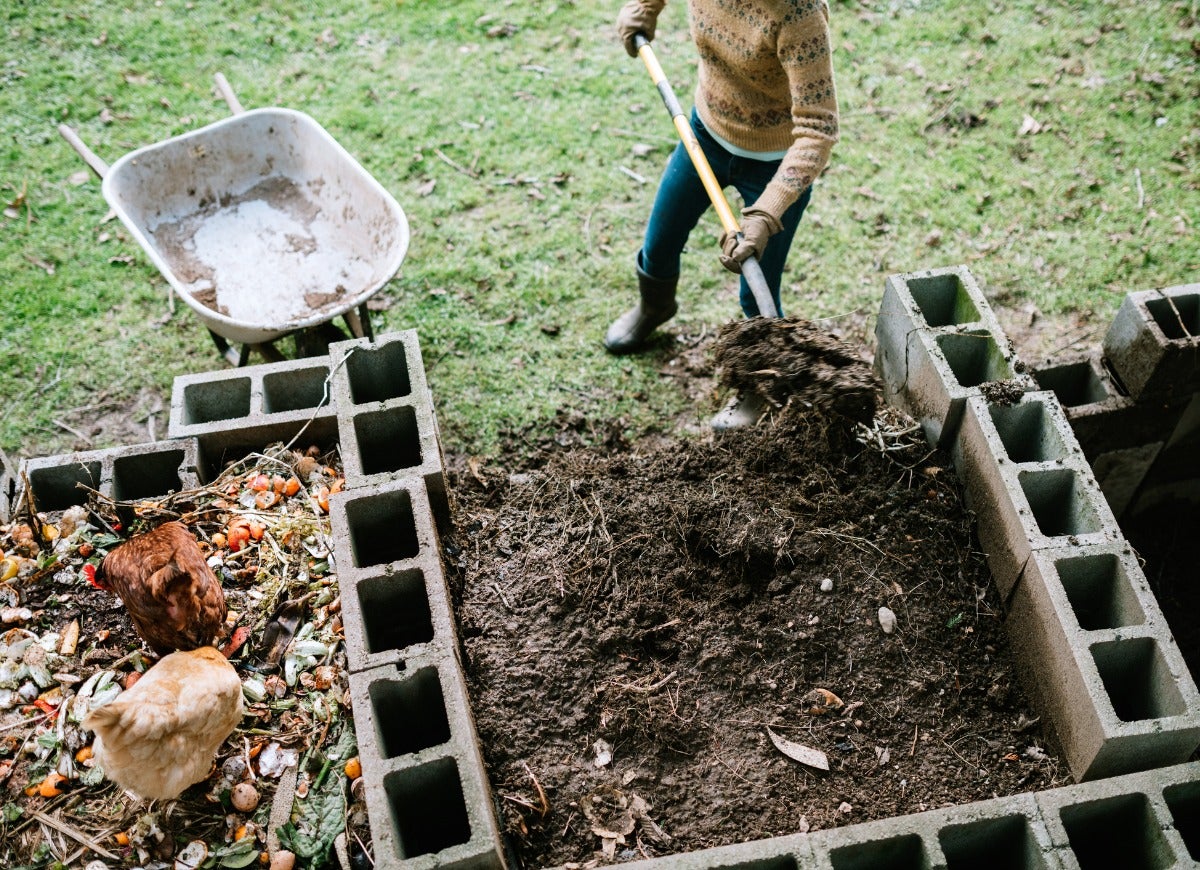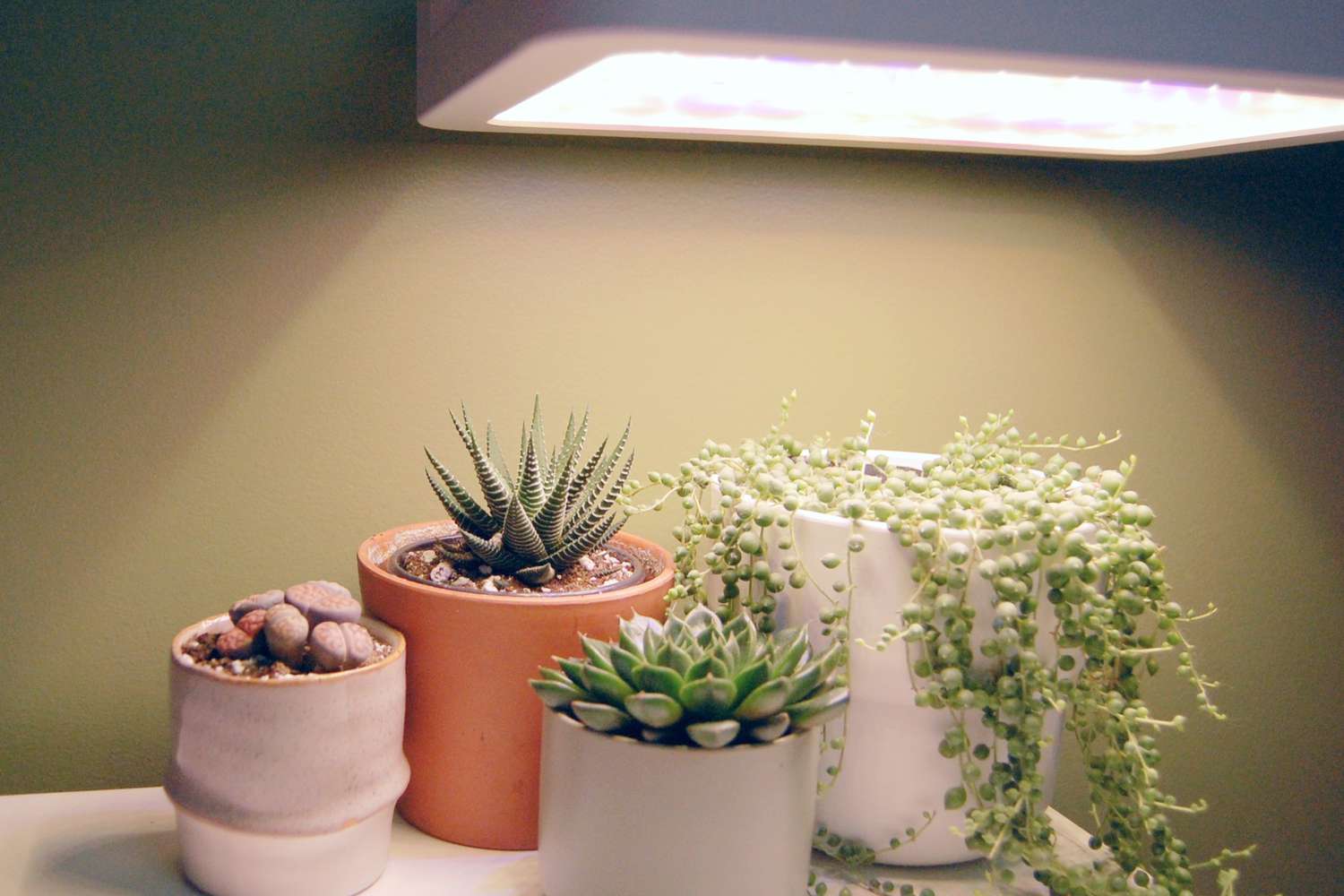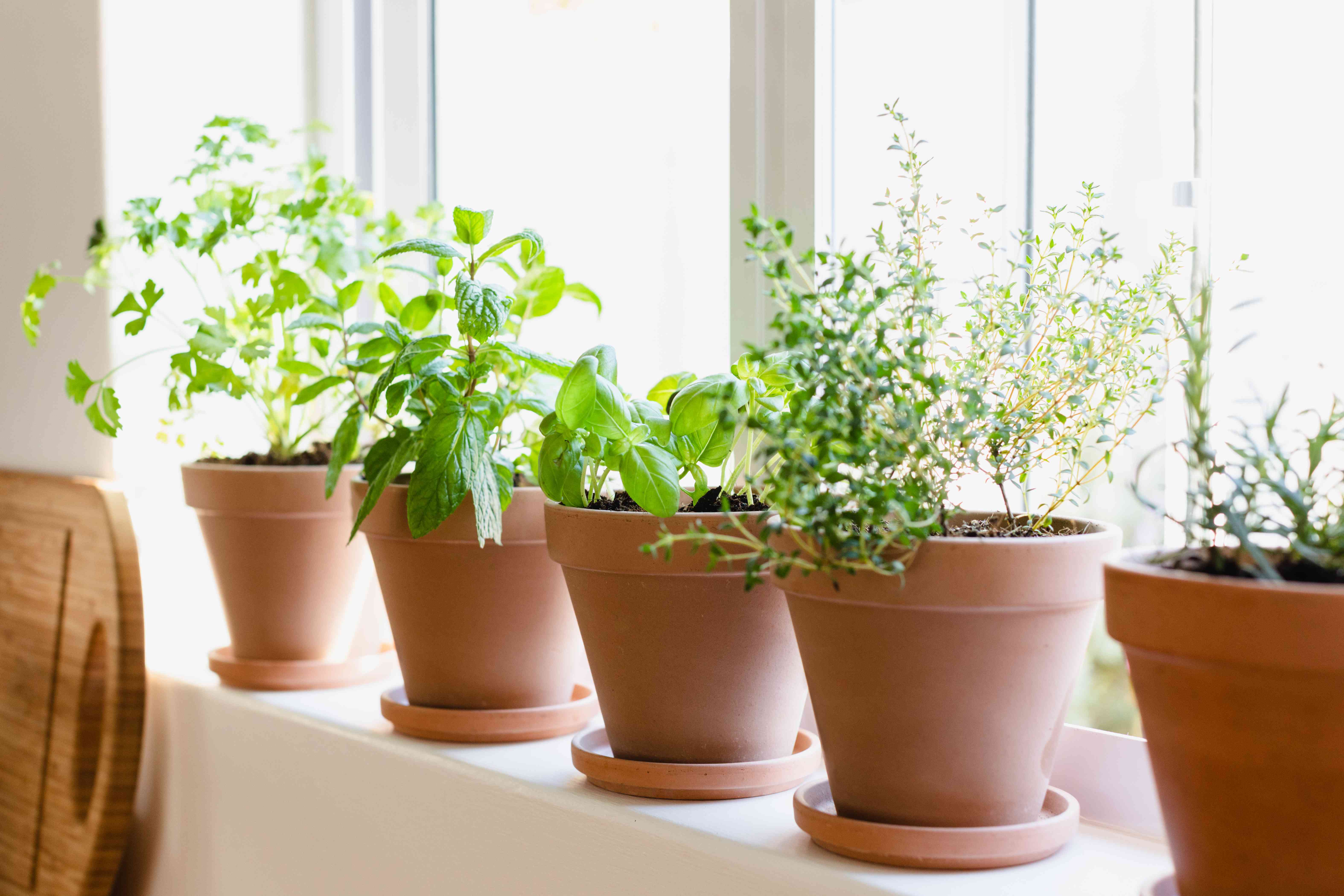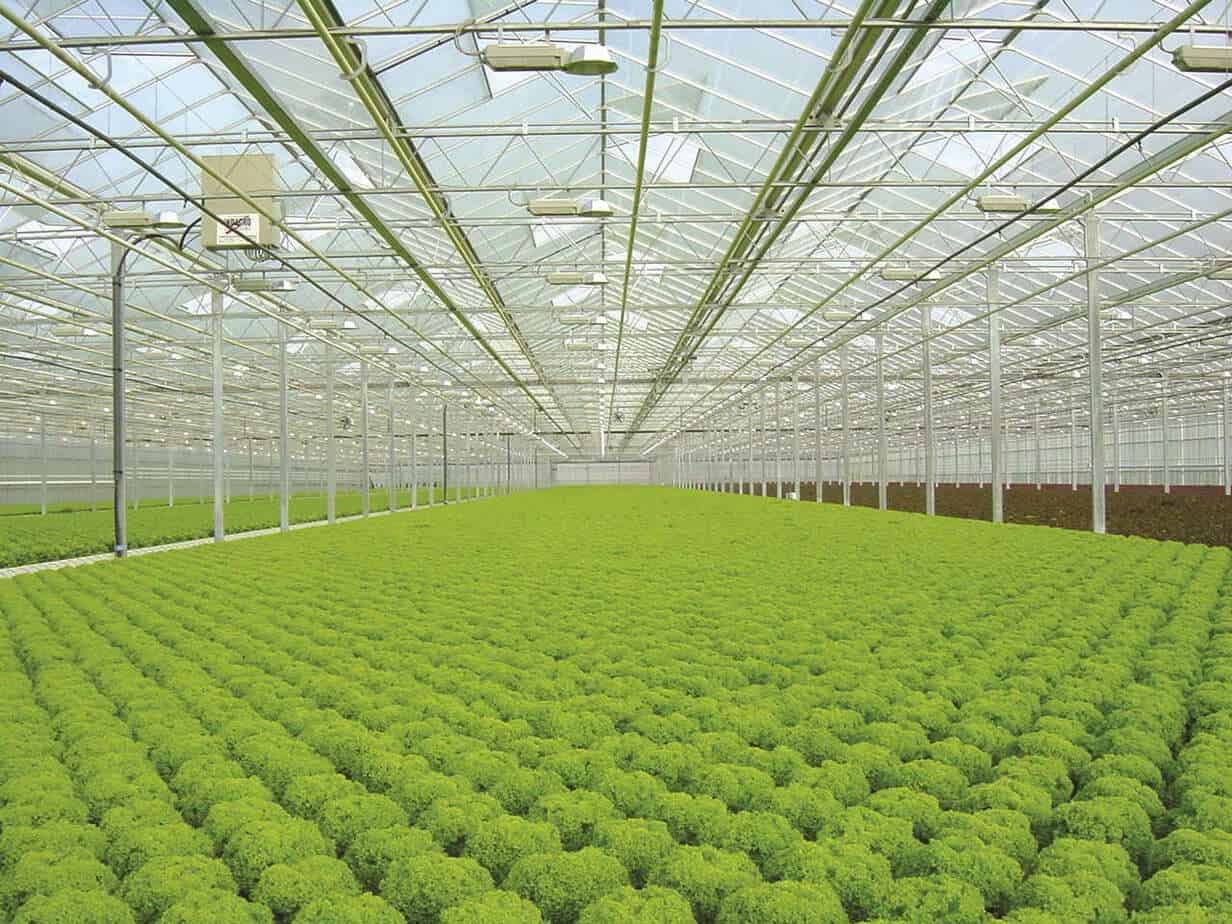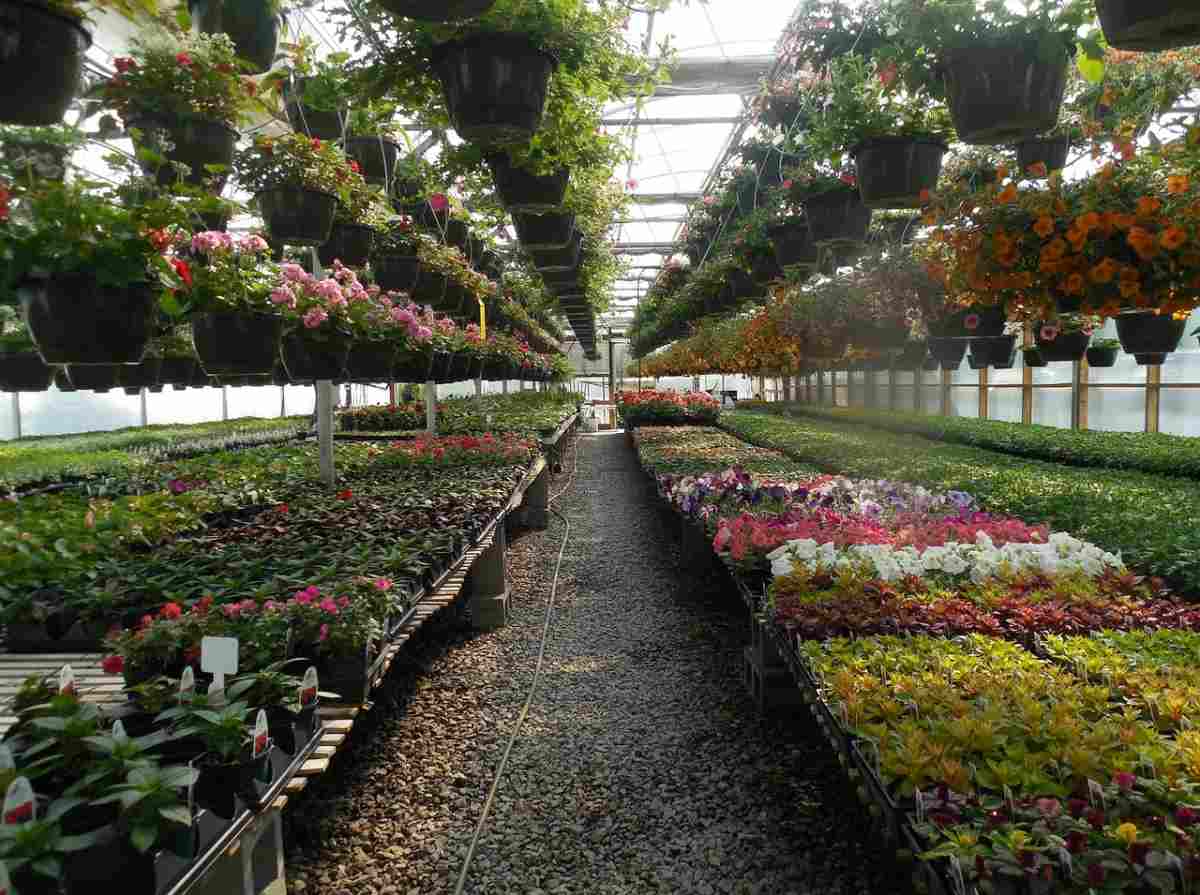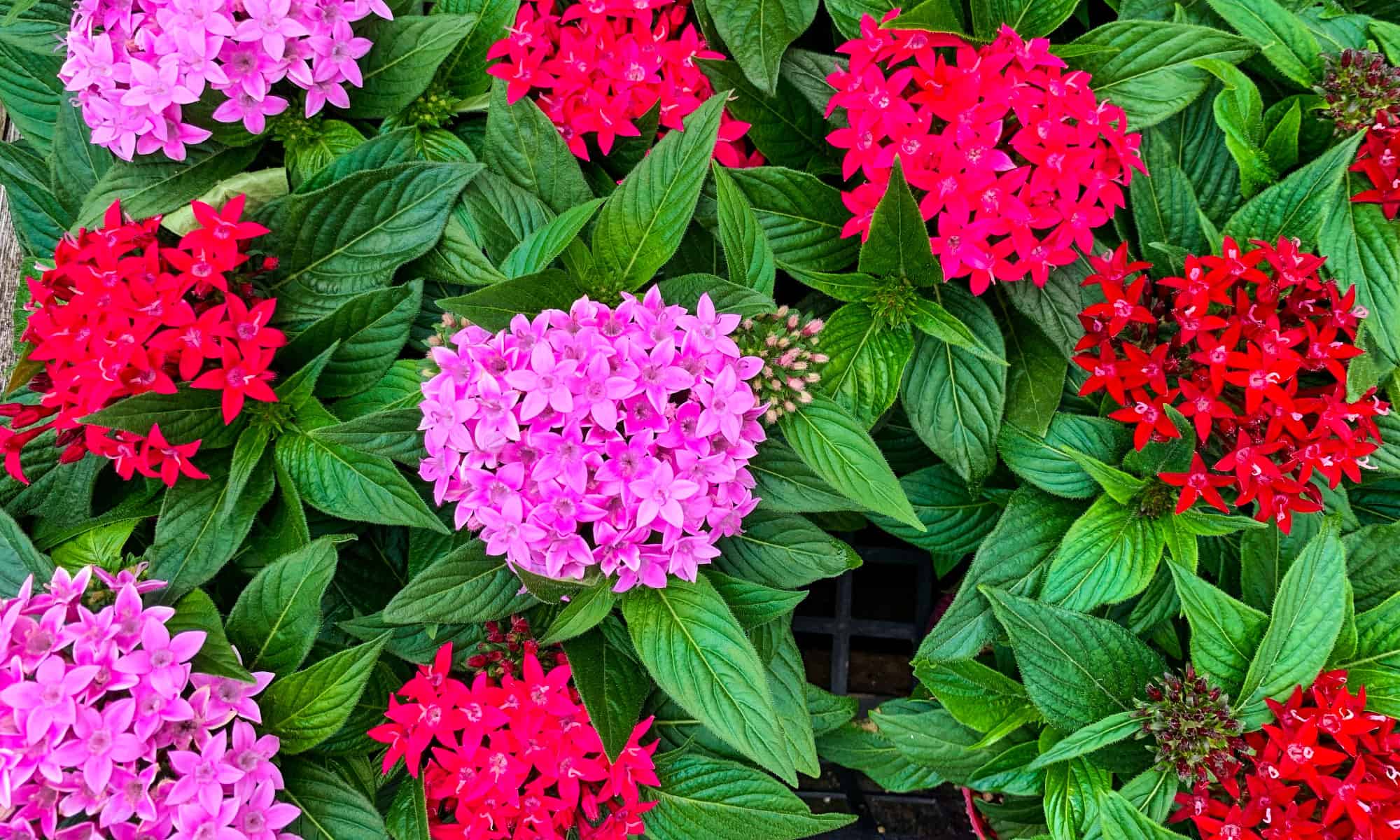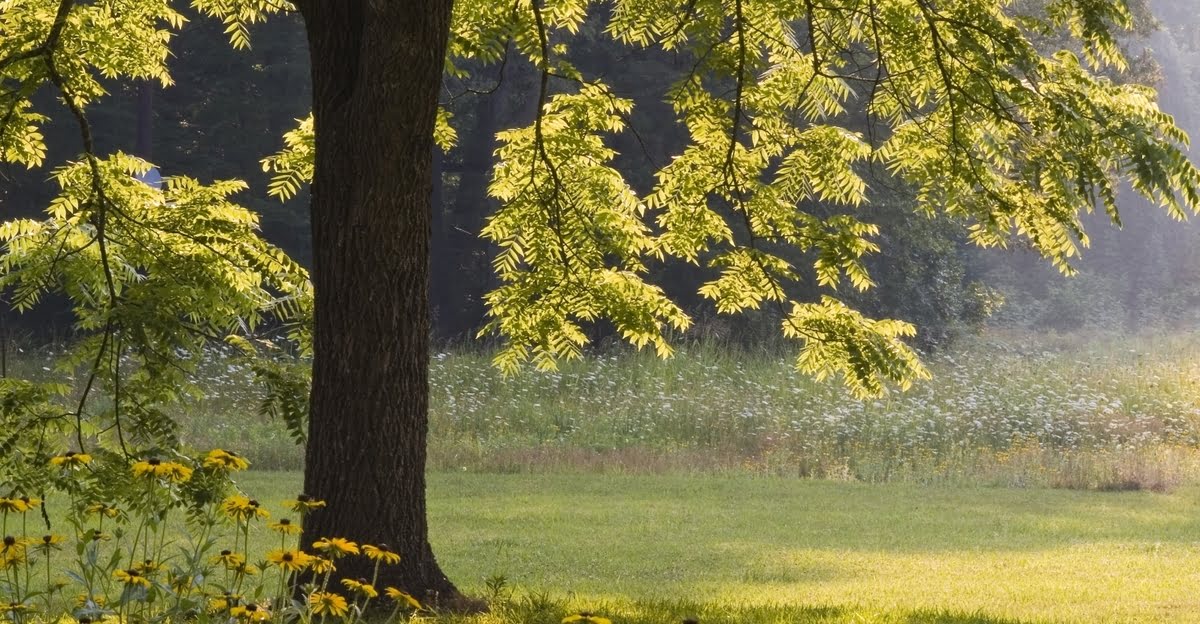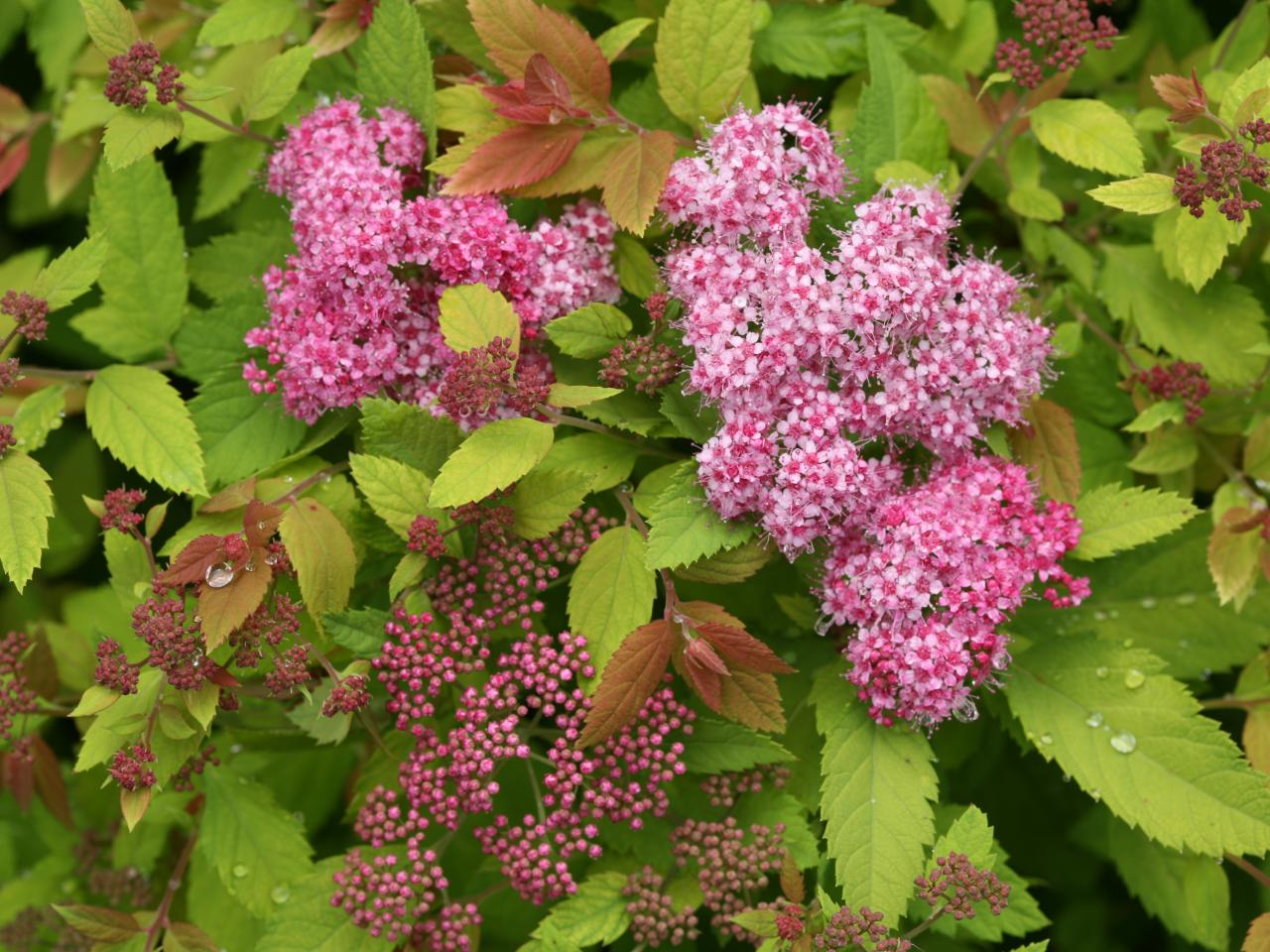Home>Gardening Techniques>Plant Care>What Are The Best Low Growing Shrubs


Plant Care
What Are The Best Low Growing Shrubs
Published: October 21, 2023
Discover the best low-growing shrubs for your garden with our comprehensive guide. Learn about plant care tips and create a stunning landscape for your outdoor space.
(Many of the links in this article redirect to a specific reviewed product. Your purchase of these products through affiliate links helps to generate commission for Chicagolandgardening.com, at no extra cost. Learn more)
Table of Contents
- Introduction
- Benefits of Low Growing Shrubs
- Factors to Consider When Choosing Low Growing Shrubs
- Top 10 Low Growing Shrubs for Your Garden
- Subtitle of the First Shrub
- Subtitle of the Second Shrub
- Subtitle of the Third Shrub
- Subtitle of the Fourth Shrub
- Subtitle of the Fifth Shrub
- Subtitle of the Sixth Shrub
- Subtitle of the Seventh Shrub
- Subtitle of the Eighth Shrub
- Subtitle of the Ninth Shrub
- Subtitle of the Tenth Shrub
- Conclusion
Introduction
When it comes to creating a beautiful and well-maintained garden, choosing the right plants is of utmost importance. Low growing shrubs are a fantastic option for any garden, as they not only add texture and color but also serve practical purposes. Whether you have limited space, want to create a border, or simply desire a more compact and tidy garden, low growing shrubs are the ideal solution.
Low growing shrubs are defined as plants that reach a height of less than three feet at maturity. They are versatile and can thrive in various climates, making them suitable for both large and small gardens. These shrubs offer many benefits, such as adding definition to your landscape, attracting pollinators, preventing soil erosion, and acting as natural barriers or privacy screens.
When choosing low growing shrubs for your garden, there are several factors to consider. It’s important to assess your garden’s sunlight exposure, soil conditions, and climate to ensure that the shrubs you select will thrive in their environment. Additionally, you’ll want to consider the desired aesthetic impact, the shrubs’ maintenance requirements, and the compatibility with neighboring plants.
In this article, we will explore the top 10 low growing shrubs that are sure to elevate the beauty of your garden. From colorful blooms to evergreen foliage, these shrubs offer a wide range of options for every gardener’s preferences. So, let’s dive in and discover the best low growing shrubs to transform your garden into a stunning oasis of beauty and tranquility.
Benefits of Low Growing Shrubs
Low growing shrubs have numerous benefits that make them an excellent choice for any garden. Whether you have a small urban garden or a larger landscape, these shrubs offer a host of advantages that will enhance the overall appeal and functionality of your outdoor space.
1. Adds Texture and Color: Low growing shrubs come in a variety of shapes, sizes, and colors, allowing you to create visual interest and add depth to your garden. With their diverse foliage and blooms, these shrubs can be used to create beautiful borders, ground covers, or fill in empty spaces.
2. Provides Definition and Structure: By planting low growing shrubs strategically, you can define the different areas of your garden, creating structure and organization to the overall design. Whether you want to separate the lawn from the flower beds, or establish pathways, these shrubs act as natural dividers, making your garden more visually appealing.
3. Attracts Pollinators: Many low growing shrubs produce colorful and fragrant flowers that attract bees, butterflies, and other beneficial pollinators. This not only adds to the beauty of your garden but also helps promote pollination, leading to bountiful blooms and healthier plants.
4. Prevents Soil Erosion: Low growing shrubs with their dense root systems help to stabilize the soil, preventing erosion. They act as natural barriers, holding the topsoil in place and minimizing the risk of soil runoff during heavy rains or winds, which can damage your garden and surrounding areas.
5. Acts as Natural Barriers: Low growing shrubs can be utilized as natural barriers or privacy screens to create boundaries and add a sense of seclusion to your outdoor space. This is especially useful if you live in a densely populated area or have neighbors nearby.
6. Requires Less Maintenance: Compared to taller shrubs and trees, low growing shrubs generally require less maintenance. They often have slower growth rates and do not require frequent pruning or trimming, making them ideal for homeowners who want to enjoy a beautiful garden without dedicating too much time and effort to its upkeep.
7. Complements Other Plants: Low growing shrubs can be planted alongside other plants, including taller shrubs, trees, or flowers, creating a harmonious and balanced garden design. They fill in gaps and provide a cohesive look, enhancing the overall aesthetics of your landscape.
With their versatility, beauty, and practicality, low growing shrubs are a valuable addition to any garden. Whether you aim to create a vibrant flower bed, a well-defined border, or a natural privacy screen, these shrubs offer an array of benefits that will elevate the overall appeal of your outdoor space.
Factors to Consider When Choosing Low Growing Shrubs
Choosing the right low growing shrubs for your garden involves considering several important factors to ensure their success and longevity. By taking these factors into account, you can select shrubs that will thrive in your specific garden conditions and meet your aesthetic preferences.
1. Sunlight Exposure: Consider the amount of sunlight your garden receives throughout the day. Some low growing shrubs prefer full sun, while others thrive in partial shade or shade. Understanding your garden’s sun patterns will help you select shrubs that will flourish in the available light conditions.
2. Soil Conditions: Assess the soil type and fertility of your garden. Low growing shrubs have varying soil preferences, including well-draining soils, sandy soils, or those that tolerate heavier clay soils. Understanding your soil conditions will ensure that you choose shrubs that can thrive in your specific environment.
3. Climate Suitability: Consider the climate of your region and choose low growing shrubs that are best suited to your area. Some shrubs are more tolerant of cold temperatures, while others thrive in warmer climates. By selecting shrubs that are adapted to your climate, you increase their chances of survival and minimize the risk of damage from extreme weather conditions.
4. Aesthetic Impact: Determine the desired aesthetic impact of the shrubs in your garden. Consider factors such as flower color, foliage texture, and overall plant shape. Think about how the shrubs will complement the existing landscape and other plants in your garden to create a cohesive and visually appealing design.
5. Maintenance Requirements: Evaluate your willingness and ability to maintain the shrubs. Some low growing shrubs require more frequent pruning or are more susceptible to pests and diseases. Consider the time and effort you are willing to invest in maintaining your garden, and choose shrubs with maintenance requirements that align with your gardening capabilities.
6. Compatibility with Neighboring Plants: Consider the compatibility of the low growing shrubs with other plants in your garden. Ensure that they do not compete for resources or overshadow neighboring plants. Select shrubs that can coexist harmoniously with the existing plantings and contribute to the overall beauty and health of your garden.
7. Purpose and Functionality: Determine the purpose and functionality of the low growing shrubs in your garden. Are you looking for shrubs to create a border, provide ground cover, or act as a natural privacy screen? Understanding their intended purpose will guide you in selecting shrubs that fulfill the desired function and meet your specific needs.
Consider these factors when choosing low growing shrubs for your garden to ensure that you make informed decisions that will result in a thriving and visually captivating outdoor space.
Top 10 Low Growing Shrubs for Your Garden
Choosing the perfect low growing shrubs for your garden can be an exciting endeavor. To help you in your selection process, we have compiled a list of the top 10 low growing shrubs that will bring beauty, versatility, and practicality to your outdoor space.
-
[Shrub Name]
[Shrub Description]
-
[Shrub Name]
[Shrub Description]
-
[Shrub Name]
[Shrub Description]
-
[Shrub Name]
[Shrub Description]
-
[Shrub Name]
[Shrub Description]
-
[Shrub Name]
[Shrub Description]
-
[Shrub Name]
[Shrub Description]
-
[Shrub Name]
[Shrub Description]
-
[Shrub Name]
[Shrub Description]
-
[Shrub Name]
[Shrub Description]
These top 10 low growing shrubs offer a diverse range of colors, textures, and growth habits, ensuring there is something for every garden style and preference. Whether you desire vibrant blooms, evergreen foliage, or unique shapes, these shrubs will provide visual interest and enhance the overall aesthetics of your garden.
Remember to consider the specific requirements of each shrub, including their sunlight, soil, and water needs, to ensure that they are compatible with your garden’s conditions. With proper care and maintenance, these shrubs will thrive and bring lasting beauty to your outdoor space.
Subtitle of the First Shrub
[Shrub Name] is a stunning low growing shrub that will add beauty and charm to your garden. With its [describe foliage or flower color/appearance], this shrub is a true standout. It reaches a height of [height range] and has a [spread range], making it an ideal choice for small gardens or as a ground cover.
This shrub is known for its [specific characteristic or feature], which adds visual interest and uniqueness to any landscape. Its [describe any additional features, such as fragrance or texture] make it a delight for the senses, attracting both humans and pollinators alike.
[Shrub Name] is a low maintenance shrub, requiring [specific care instructions, such as watering needs or pruning recommendations]. It is adaptable to various soil types and can tolerate [mention any specific climate or environmental conditions]. It thrives in [full sun/partial shade/shade], so be sure to plant it in a location that provides the optimal light conditions for its growth.
One of the many benefits of [Shrub Name] is its versatility in garden design. It can be used as a stunning border, a colorful ground cover, or a focal point in a container garden. In addition, it pairs well with other plants and can create a beautiful contrast or complement to surrounding foliage or flowers.
Whether you are a beginner gardener or an experienced enthusiast, [Shrub Name] is a reliable choice that will bring year-round beauty to your garden. Its [blooms/foliage] will add vibrant colors and its [feature] will create a unique focal point. With a little care and attention, this shrub will thrive and become an essential part of your garden’s landscape.
Subtitle of the Second Shrub
[Shrub Name], the second shrub on our list, is a versatile and captivating low growing shrub that will elevate the aesthetics of your garden. With its [describe foliage or flower color/appearance], it adds a touch of elegance and allure to any landscape. This shrub reaches a height of [height range] and has a [spread range], making it suitable for various garden sizes and styles.
The standout feature of [Shrub Name] is its [specific characteristic or feature], which sets it apart from other shrubs. Its [describe any additional features, such as fragrance or texture] further enhance its overall appeal. Whether used as a border or a focal point, this shrub is sure to make a lasting impression.
Caring for [Shrub Name] is relatively easy, as it requires [specific care instructions, such as watering needs or pruning recommendations]. It can adapt to different soil types and is known for its tolerance to [mention any specific climate or environmental conditions]. For optimal growth, plant [Shrub Name] in [full sun/partial shade/shade], ensuring it receives the appropriate amount of sunlight.
The versatility of [Shrub Name] makes it a fantastic addition to any garden design. It can be used to create a color contrast, provide ground cover, or offer a backdrop for other plants. The [blooms/foliage] of this shrub will add visual interest and create a cohesive look when paired with neighboring plantings.
Whether you have a traditional garden or a more contemporary landscape, [Shrub Name] is a shrub that will thrive and bring year-round beauty. Its [specific characteristic or feature] will be a focal point in your garden, attracting attention and admiration. Take the opportunity to incorporate [Shrub Name] into your garden and enjoy its stunning presence for many seasons to come.
Subtitle of the Third Shrub
[Shrub Name], our third featured low growing shrub, is a magnificent addition to any garden. With its [describe foliage or flower color/appearance], it adds a touch of vibrancy and beauty to the landscape. This shrub grows to a height of [height range] and has a spread of [spread range], making it an excellent choice for filling in empty spaces or creating a striking border.
The standout feature of [Shrub Name] is its [specific characteristic or feature], which gives it a unique and eye-catching appeal. Its [describe any additional features, such as fragrance or texture] add to its allure, making it a favorite among garden enthusiasts and pollinators alike.
When it comes to maintenance, [Shrub Name] is relatively low maintenance, requiring [specific care instructions, such as watering needs or pruning recommendations]. It is adaptable to various soil types and can tolerate [mention any specific climate or environmental conditions]. It thrives in [full sun/partial shade/shade], so be sure to choose a suitable location in your garden that provides the optimal light conditions for its growth.
One of the greatest assets of [Shrub Name] is its versatility in garden design. It can be used to create a colorful ground cover, fill in gaps, or provide a backdrop for taller plants. Its [blooms/foliage] add visual interest and create a beautiful contrast when combined with other plants in the garden.
Whether you have a large or small garden, [Shrub Name] is a stunning choice that will elevate the overall aesthetics of your outdoor space. Its [specific characteristic or feature] serves as a focal point and makes a strong visual impact. Incorporate [Shrub Name] into your garden and enjoy its beauty and charm for seasons to come.
Subtitle of the Fourth Shrub
[Shrub Name], the fourth shrub on our list of top low growing shrubs, is a captivating and versatile addition to any garden. With its [describe foliage or flower color/appearance], it adds a pop of color and visual interest to your outdoor space. This shrub reaches a height of [height range] and has a spread of [spread range], making it an ideal choice for small gardens or as a ground cover.
The standout feature of [Shrub Name] is its [specific characteristic or feature], which sets it apart from other shrubs in the garden. Its [describe any additional features, such as fragrance or texture] further enhance its overall appeal and make it a favorite among garden enthusiasts.
[Shrub Name] is relatively low maintenance, making it a popular choice for busy gardeners. It requires [specific care instructions, such as watering needs or pruning recommendations]. It is adaptable to various soil types and can tolerate [mention any specific climate or environmental conditions]. Plant [Shrub Name] in [full sun/partial shade/shade] to provide it with the optimal light conditions for its growth.
With its versatility in garden design, [Shrub Name] offers multiple uses in the landscape. It can be planted as a beautiful border, a ground cover to fill in empty spaces, or used as a focal point in a container garden. When combined with other plants, its [blooms/foliage] create harmonious color combinations and add texture to the garden.
Whether you are a novice gardener or an experienced plant enthusiast, [Shrub Name] is a fantastic choice that will add beauty and charm to your garden. Its [specific characteristic or feature] will make it a standout, attracting attention and admiration from all who see it. Incorporate [Shrub Name] into your garden and enjoy its stunning presence and lasting beauty.
Subtitle of the Fifth Shrub
[Shrub Name], the fifth shrub on our list of top low growing shrubs, is a remarkable choice for adding beauty and interest to your garden. With its [describe foliage or flower color/appearance], it brings a burst of color and elegance to any landscape. This low growing shrub typically reaches a height of [height range] with a spread of [spread range], making it suitable for various garden sizes and styles.
The standout feature of [Shrub Name] lies in its [specific characteristic or feature], which sets it apart from other shrubs. Its [describe any additional features, such as fragrance or texture] further enhance its overall appeal and make it a popular choice among garden enthusiasts.
Caring for [Shrub Name] is relatively easy, as it requires [specific care instructions, such as watering needs or pruning recommendations]. It is adaptable to different soil types and can tolerate [mention any specific climate or environmental conditions]. To promote optimal growth and health, it is recommended to plant [Shrub Name] in [full sun/partial shade/shade] to provide it with the appropriate amount of sunlight.
The versatility of [Shrub Name] makes it an excellent addition to any garden design. It can be used as a striking border, a vibrant ground cover, or as a focal point in a container garden. When paired with other plants, its [blooms/foliage] create beautiful contrasts and add visual interest to the garden landscape.
Whether you have a small urban garden or a more expansive landscape, [Shrub Name] is a fantastic choice that will bring year-round beauty and charm to your outdoor space. Its [specific characteristic or feature] will serve as a focal point, captivating the attention of all who see it. Embrace the allure of [Shrub Name] and enjoy its stunning presence in your garden for years to come.
Subtitle of the Sixth Shrub
[Shrub Name], our sixth featured low growing shrub, is a captivating addition to any garden landscape. With its [describe foliage or flower color/appearance], it brings a touch of elegance and beauty to your outdoor space. This shrub typically grows to a height of [height range] with a spread of [spread range], making it an ideal choice for small gardens or as a ground cover.
The standout feature of [Shrub Name] is its [specific characteristic or feature], which sets it apart and adds visual interest to any garden design. Its [describe any additional features, such as fragrance or texture] further enhances its appeal, making it a favorite among garden enthusiasts.
Caring for [Shrub Name] is relatively low maintenance, as it requires [specific care instructions, such as watering needs or pruning recommendations]. It is adaptable to various soil types and can tolerate [mention any specific climate or environmental conditions]. To ensure optimal growth, [Shrub Name] thrives in [full sun/partial shade/shade], so it’s important to provide the appropriate light conditions for its development.
The versatility of [Shrub Name] makes it an excellent choice for various garden designs. It can be used as a vibrant border, a ground cover to fill in empty spaces, or as a focal point in a container garden. When combined with other plants, its [blooms/foliage] create dynamic color combinations and add texture to the garden landscape.
Whether you have a small city garden or a more spacious backyard, [Shrub Name] will elevate the beauty of your outdoor space. Its [specific characteristic or feature] will undoubtedly draw attention and make it a standout feature in your garden. Embrace the charm of [Shrub Name] and enjoy its visual impact and enduring beauty.
Subtitle of the Seventh Shrub
[Shrub Name], the seventh low growing shrub on our list, is a remarkable addition to any garden. With its [describe foliage or flower color/appearance], it adds a touch of elegance and beauty to your landscape. This shrub typically reaches a height of [height range] with a spread of [spread range], making it an excellent choice for borders, pathways, or as a ground cover.
The standout feature of [Shrub Name] lies in its [specific characteristic or feature], which sets it apart and adds visual interest to any garden design. Its [describe any additional features, such as fragrance or texture] further enhances its appeal, making it a popular choice among garden enthusiasts.
Caring for [Shrub Name] is relatively low fuss, as it requires [specific care instructions, such as watering needs or pruning recommendations]. It adapts well to various soil types and can tolerate [mention any specific climate or environmental conditions]. For optimal growth, it is best to plant [Shrub Name] in [full sun/partial shade/shade], ensuring it receives the appropriate amount of sunlight.
The versatility of [Shrub Name] makes it a fantastic choice for different garden styles. It can be used to create a striking border, a colorful ground cover, or to provide a backdrop for other plants. The [blooms/foliage] of this shrub add vibrancy and texture to the overall garden landscape.
Whether you have a small urban garden or a larger suburban yard, [Shrub Name] is a stunning addition that will enhance the overall aesthetics of your outdoor space. Its [specific characteristic or feature] will captivate the attention of all who see it, creating a visually appealing focal point in your garden. Embrace the beauty of [Shrub Name] and enjoy its enduring charm and elegance.
Subtitle of the Eighth Shrub
[Shrub Name], our eighth featured low growing shrub, is a stunning choice for enhancing the beauty of your garden. With its [describe foliage or flower color/appearance], it adds a touch of vibrancy and allure to any landscape. This shrub typically reaches a height of [height range] with a spread of [spread range], making it suitable for borders, rock gardens, or as a ground cover.
The standout feature of [Shrub Name] is its [specific characteristic or feature], which sets it apart and adds visual interest to your garden. Its [describe any additional features, such as fragrance or texture] also make it a favorite among garden enthusiasts.
Caring for [Shrub Name] is relatively easy, as it requires [specific care instructions, such as watering needs or pruning recommendations]. It is adaptable to various soil types and can tolerate [mention any specific climate or environmental conditions]. [Shrub Name] thrives in [full sun/partial shade/shade], so select a location that provides the optimal amount of sunlight for its growth.
The versatility of [Shrub Name] makes it a valuable addition to various garden designs. It can be used as a vibrant border, a focal point in a container garden, or as a ground cover to add texture and color to empty spaces. When combined with other plants, its [blooms/foliage] create stunning visual combinations and add depth to the overall garden landscape.
Whether you have a compact urban garden or a larger rural landscape, [Shrub Name] will elevate the aesthetics of your outdoor space. Its [specific characteristic or feature] will draw attention and provide a visually captivating element in your garden. Embrace the beauty of [Shrub Name] and enjoy its enduring charm and elegance year after year.
Subtitle of the Ninth Shrub
[Shrub Name], our ninth selection of low growing shrubs, is a magnificent addition to any garden. With its [describe foliage or flower color/appearance], it adds a burst of color and visual interest to your outdoor space. This shrub typically grows to a height of [height range] with a spread of [spread range], making it a versatile choice for borders, rock gardens, or as a ground cover.
The standout feature of [Shrub Name] lies in its [specific characteristic or feature], which sets it apart and adds uniqueness to any garden design. Its [describe any additional features, such as fragrance or texture] further enhances its appeal, making it an irresistible choice for garden enthusiasts.
Caring for [Shrub Name] is relatively straightforward, as it requires [specific care instructions, such as watering needs or pruning recommendations]. It is adaptable to various soil types and can tolerate [mention any specific climate or environmental conditions]. For optimal growth, it is recommended to plant [Shrub Name] in [full sun/partial shade/shade] to provide the ideal light conditions.
The versatility of [Shrub Name] makes it a fantastic addition to any garden style. It can be used as a vibrant border, a stunning focal point, or a ground cover to add texture and color to the landscape. [Shrub Name]’s [blooms/foliage] create beautiful contrasts when combined with other plants, enhancing the overall beauty of your garden.
Whether you have a small urban garden or a larger rural landscape, [Shrub Name] is a stunning choice that will elevate the aesthetics of your outdoor space. Its [specific characteristic or feature] will make a statement, attracting the attention and admiration of all who see it. Embrace the beauty of [Shrub Name] and enjoy its lasting charm and elegance.
Subtitle of the Tenth Shrub
[Shrub Name], the tenth and final shrub on our list, is a captivating choice to complete your collection of low growing shrubs. With its [describe foliage or flower color/appearance], it adds a touch of elegance and beauty to any garden landscape. This low growing shrub typically reaches a height of [height range] with a spread of [spread range], making it suitable for borders, rock gardens, or as a ground cover.
What sets [Shrub Name] apart is its [specific characteristic or feature], which adds uniqueness and visual interest to your garden design. Its [describe any additional features, such as fragrance or texture] make it an exquisite choice for garden enthusiasts seeking a standout plant.
[Shrub Name] is relatively low maintenance, requiring [specific care instructions, such as watering needs or pruning recommendations]. It adapts well to different soil types and can tolerate [mention any specific climate or environmental conditions]. Plant [Shrub Name] in [full sun/partial shade/shade] to provide it with the optimal light conditions for its growth.
The versatility of [Shrub Name] makes it a valuable addition to various garden designs. Whether used as a vibrant border, a striking focal point, or a ground cover, its [blooms/foliage] enhance the overall aesthetics of your outdoor space. Combining [Shrub Name] with other plants creates beautiful color combinations and adds depth to your garden.
Regardless of the size or style of your garden, [Shrub Name] is an excellent choice for enriching your outdoor space. Its [specific characteristic or feature] will make a statement, leaving a lasting impression on all who see it. Embrace the beauty of [Shrub Name] and enjoy its enduring charm and elegance for years to come.
Conclusion
In conclusion, low growing shrubs are incredibly versatile and offer a myriad of benefits for any garden. From adding texture and color to defining borders and attracting pollinators, these shrubs are a valuable addition to your outdoor space.
When choosing low growing shrubs for your garden, consider factors such as sunlight exposure, soil conditions, climate suitability, and maintenance requirements. By selecting shrubs that thrive in your specific garden conditions, you can ensure their success and longevity.
Throughout this article, we highlighted the top 10 low growing shrubs that are sure to enhance the beauty of your garden. Each shrub brings its unique characteristics and adds a touch of elegance and charm to your landscape.
From the stunning [Shrub Name] with its [specific characteristic or feature] to the vibrant [Shrub Name] with its [flower color/appearance], and the captivating [Shrub Name] with its [foliage texture/feature], these shrubs offer an array of options for every gardener’s preferences.
Remember, proper care and maintenance are essential for the health and longevity of your low growing shrubs. Attend to their specific care instructions, provide them with the appropriate amount of sunlight and water, and ensure they are compatible with neighboring plants.
By incorporating these low growing shrubs into your garden, you can create a beautiful and thriving landscape that brings joy and tranquility. Enjoy the visual appeal, the fragrance, and the habitat they offer to pollinators, as well as the practical benefits of erosion control and natural barriers.
So, go ahead and select the low growing shrubs that speak to you and transform your garden into a stunning oasis of beauty and serenity. Happy gardening!
